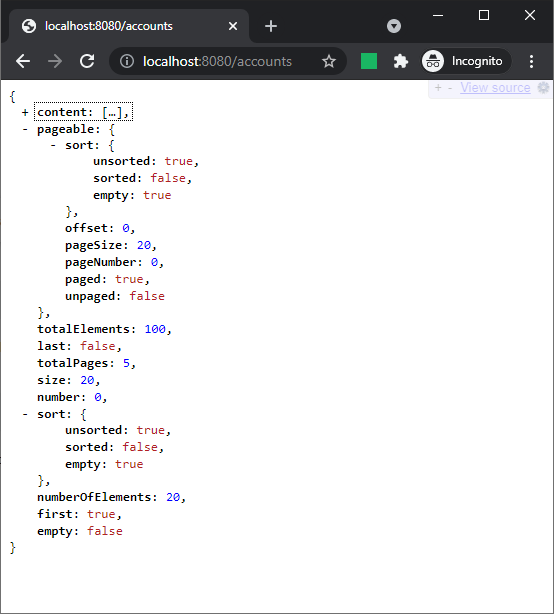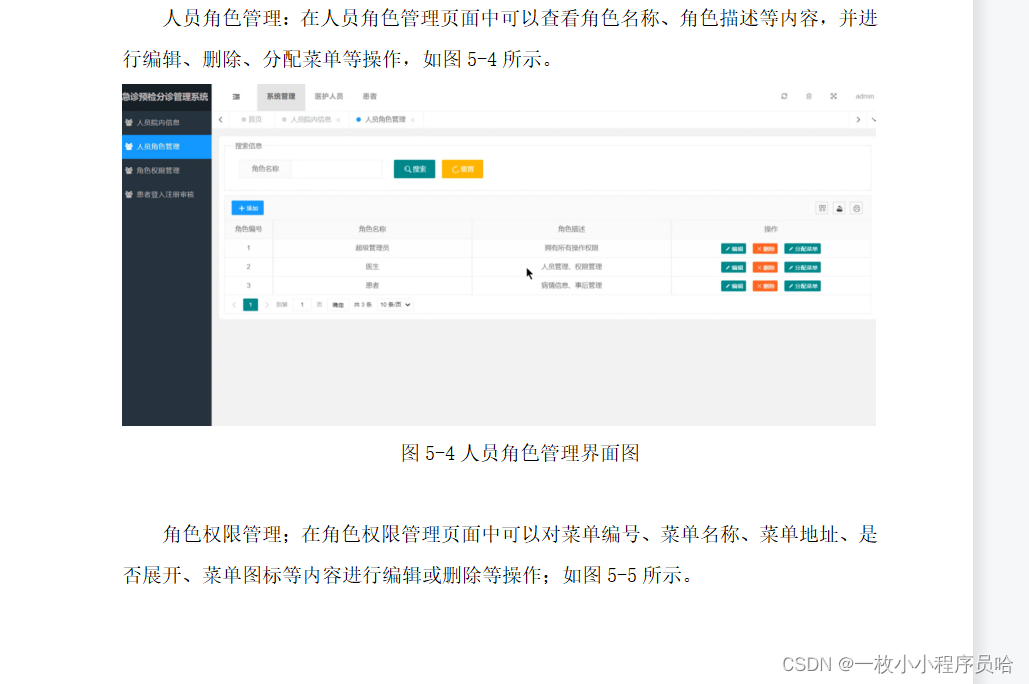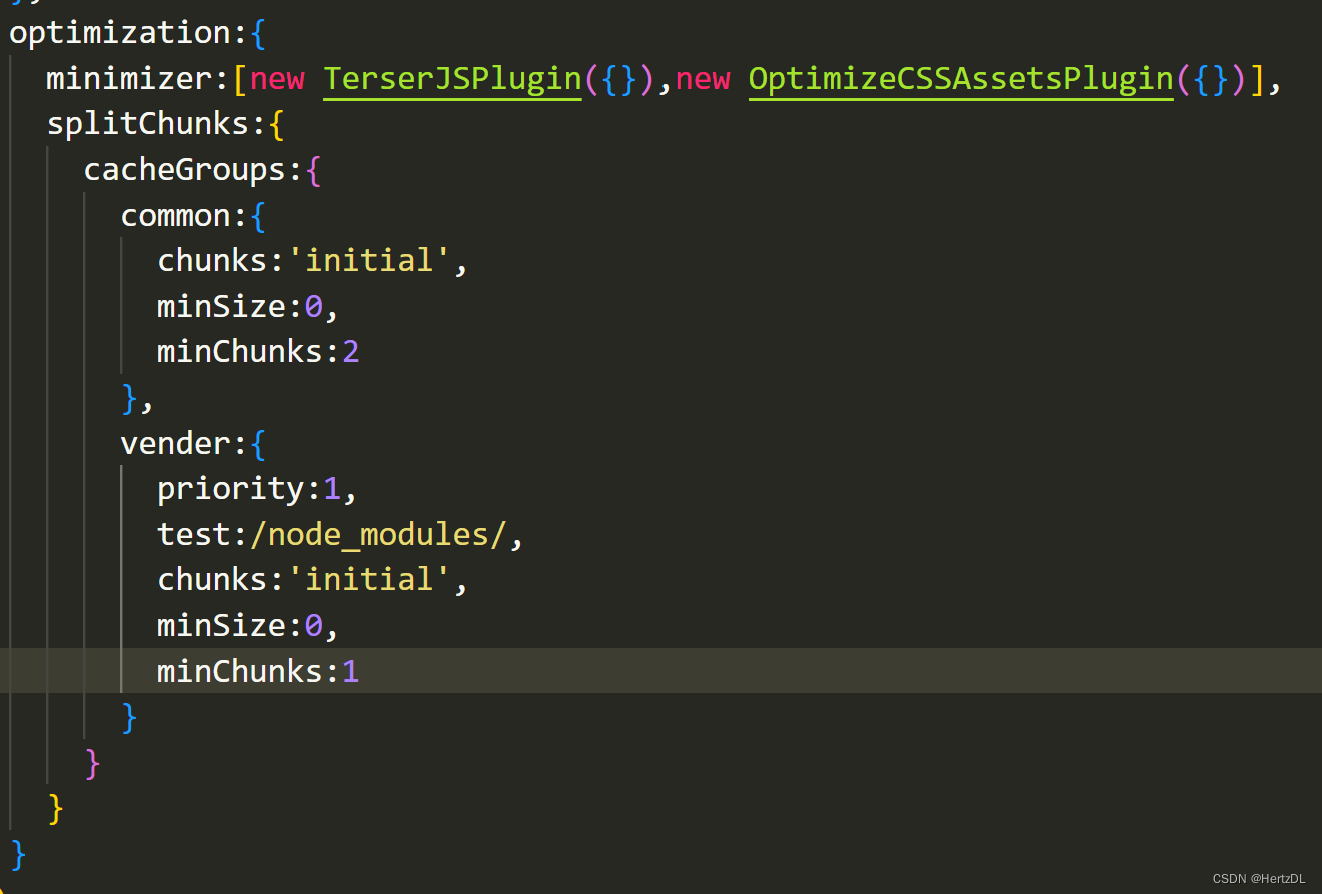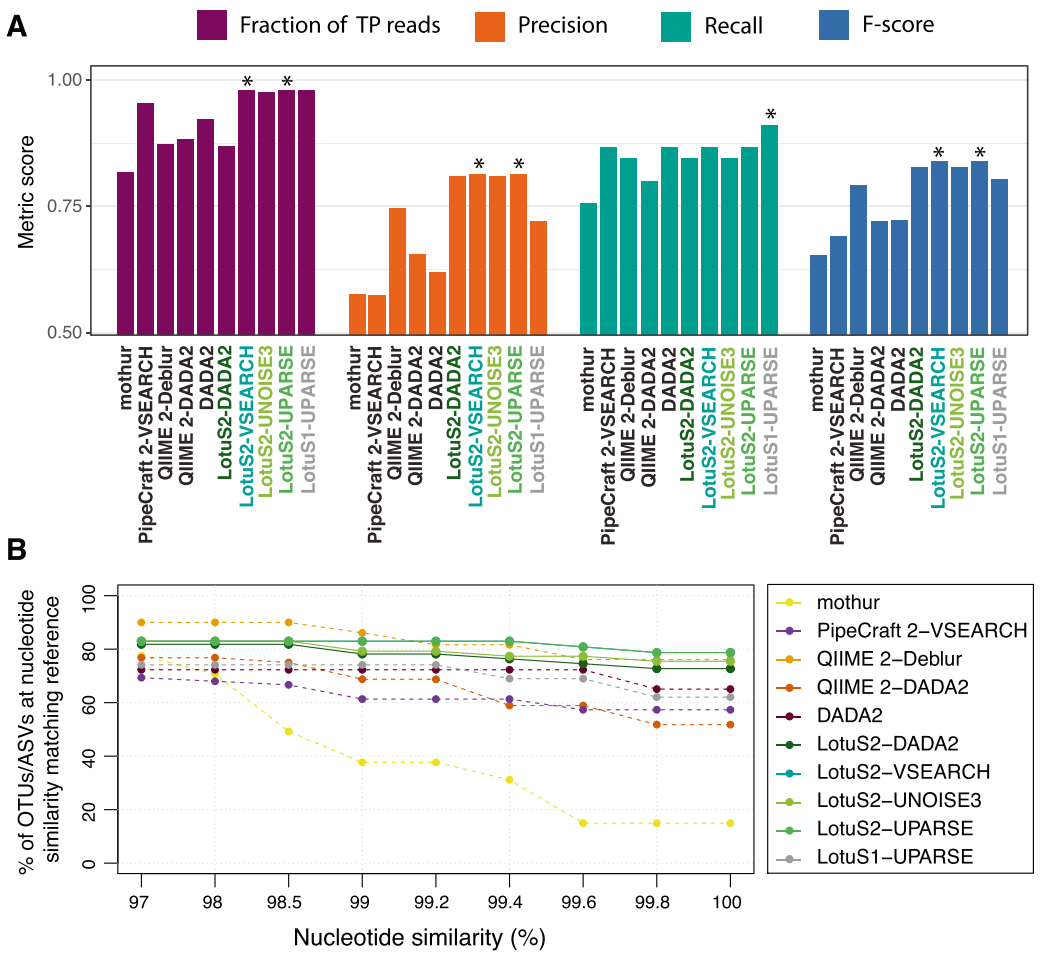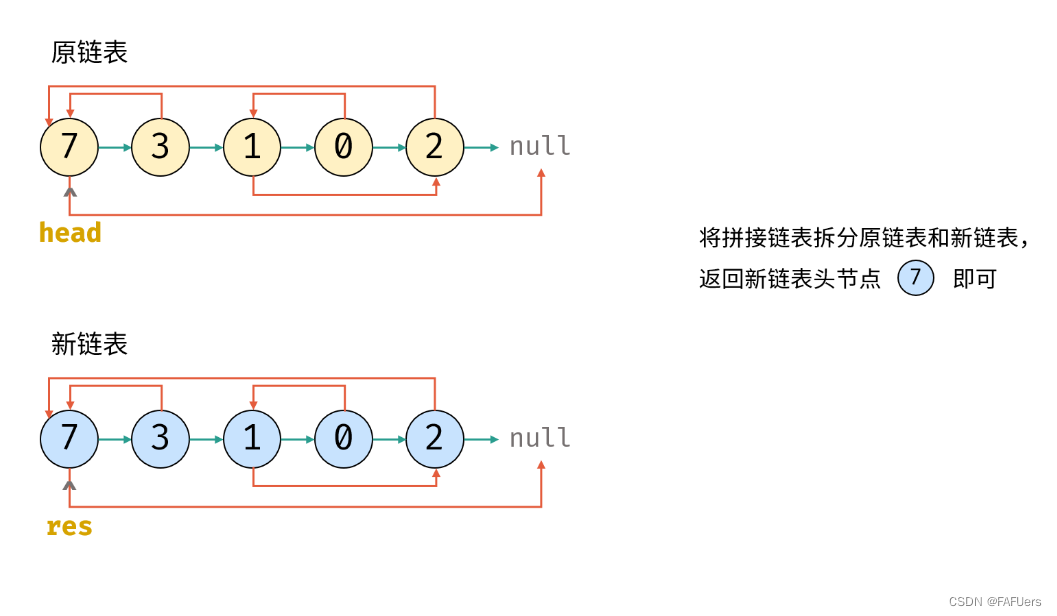一.C++
(1)nth_element()用法
头文件:#include<algorithm>
nth_element:在数组或容器中将第几大或小的元素放到该放的位置上。(默认第几小,可以用cmp自定义为第几大)
如:nth_element(a,a+6,a+10); //在a中,找到 “第七小”将其放到a[6].
例如:
int array[5] = {2 4 6 8 10};上面这个序列中第3小的是6,第4小的是8,经过nth_element()函数之后可以把第n小的元素K移动到第n的位置,并且位于K之前的位置比K小,位于K字后的位置比K大,nth_element()函数默认是升序排序,可以自定义降序排序。
#include<iostream>
#include<algorithm>
#include<vector>
using namespace std;
int cmp(int a,int b)
{
return a>b;
}
int main()
{
int a[5]={2,4,6,8,10};
nth_element(a,a+2,a+5); //在a中,找到 第三小
for(int i=0;i<5;i++)
{
cout<<a[i]<<" ";
}
cout<<endl;
cout<<"a中第3小:"<<a[2]<<endl;
nth_element(a,a+2,a+5,cmp);
for(int i=0;i<5;i++)
{
cout<<a[i]<<" ";
}
cout<<endl;
cout<<"a中第3大为:"<<a[2]<<endl;
return 0;
}//排序规则采用默认的升序排序
void nth_element (RandomAccessIterator first,
RandomAccessIterator nth,
RandomAccessIterator last);
//排序规则为自定义的 comp 排序规则
void nth_element (RandomAccessIterator first,
RandomAccessIterator nth,
RandomAccessIterator last,
Compare comp);其中,各个参数的含义如下:
- first 和 last:都是随机访问迭代器,[first, last) 用于指定该函数的作用范围(即要处理哪些数据);
- nth:也是随机访问迭代器,其功能是令函数查找v_y_inc“第 nth 大”的元素,并将其移动到 nth 指向的位置;
- comp:用于自定义排序规则。
注意,鉴于 nth_element() 函数中各个参数的类型,其只能对普通数组或者部分容器进行排序。换句话说,只有普通数组和符合以下全部条件的容器,才能使用使用 nth_element() 函数:
- 容器支持的迭代器类型必须为随机访问迭代器。这意味着,nth_element() 函数只适用于 array、vector、deque 这 3 个容器。
- 当选用默认的升序排序规则时,容器中存储的元素类型必须支持 <小于运算符;同样,如果选用标准库提供的其它排序规则,元素类型也必须支持该规则底层实现所用的比较运算符;
- nth_element() 函数在实现过程中,需要交换某些元素的存储位置。因此,如果容器中存储的是自定义的类对象,则该类的内部必须提供移动构造函数和移动赋值运算符。
velocity_smoother_nodelet.hpp程序代码
//返回vector的中位数
double median(std::vector<double> values) {
// Return the median element of an doubles vector
nth_element(values.begin(), values.begin() + values.size()/2, values.end());
return values[values.size()/2];
};(2)C++智能指针成员函数reset
头文件:#include<memory>
.............
typedef boost::shared_ptr< ::geometry_msgs::Twist > TwistPtr;
typedef boost::shared_ptr< ::geometry_msgs::Twist const> TwistConstPtr;
..........
geometry_msgs::Twist target_vel;
geometry_msgs::TwistPtr cmd_vel;
//target_vel初始化
void VelocitySmoother::velocityCB(const geometry_msgs::Twist::ConstPtr& msg)
{
......
target_vel.linear.x = msg->linear.x;
target_vel.linear.y = msg->linear.y;
target_vel.angular.z = msg->angular.z;
......
}
void VelocitySmoother::spin()
{
......
cmd_vel.reset(new geometry_msgs::Twist(target_vel));
......
}cmd_vel是智能指针对象(shared_ptr< ::geometry_msgs::Twist >)
cmd_vel.reset(new geometry_msgs::Twist(target_vel));令cmd_vel智能指针存放指针target_vel,也就是指向target_vel的空间,并且释放原来的空间。
(3)boost::thread
boost::thread* worker_thread_;
......
worker_thread_ = new boost::thread(boost::bind(&VelocitySmoother::spin, this));
创建一个线程
boost::thread(threadFun);
参数:可以是函数对象或者函数指针,并且该函数无参数,返回void类型。
(待补充)
(4)boost::bind()使用方法
int f(int a,int b)
{
return a+ b;
}
int g(int a,int b, int c)
{
return a + b + c;
}boost::bind(f,1,2)可以产生无参数函数对象,f(1,2);boost::bind(g,1,2,3)可以产生无参函数g(1,2,3)
其中boost::bind()中使用较为频繁的还有占位符:
如:boost::bind(f, _1, 5) (x) 中,_1就是一个占位符,其位于f函数形参的第一形参 int a 的位置,5位于第二形参 int b 的位置;
_1 表示(x)参数列表的第一个参数;所以,boost::bind(f, _1, 5) (x) 相当于 f(x ,5)。再看下面这些例子:
boost::bind(f, _2, _1)(x, y); //相当于f(y,x),即_2表示后面参数列表的第二个位置:y
boost::bind(g, _1, 9, _1)(x); //相当于g(x, 9, x)
boost::bind(g, _3, _3, _3)(x, y, z); //相当于g(z, z, z)
ROS中常用的boost::bind()
ROS编程过程中,有许多需要给回调函数传递多个参数的情况
回调函数只有一个参数
#include <ros/ros.h>
#include <turtlesim/Pose.h>
//单个参数为:消息类型为turtlesim::Pose的常量指针msg
void callback_one(const turtlesim::PoseConstPtr& msg)
{
float pose_x;
pose_x = msg->x;
ROS_INFO("x = [%f]",pose_x); //打印出小乌龟所在的x坐标
}
回调函数有多个参数
#include <ros/ros.h>
#include <turtlesim/Pose.h>
//三个参数:常量指针msg、x、y
void callback_more(const turtlesim::PoseConstPtr& msg, int x, int y)
{
float pose_x;
pose_x = msg->x;
ROS_INFO("x = [%f]",pose_x); //打印出小乌龟所在的x坐标
ROS_INFO("input_x = [%i] ; input_y = [%i]", x, y); //打印出输入的参数x、y
}
主函数
int input_x = 1;
int input_y = 2;
int main(int argc, char** argv)
{
ros::init(argc, argv, "test");
ros::NodeHandle n;
ros::Subscriber pose_sub = n.subscribe<turtlesim::Pose>("/turtle1/pose_one", 10, callback_one);
//回调函数为单个参数时,这里直接使用callback,传递的单个参数为:接收话题名为/turtle1/pose_one中的内容;
ros::Subscriber pose_sub = n.subscribe<turtlesim::Pose>("/turtle1/pose_more", 10, boost::bind(&callback_more, _1, input_x, input_y));
//这里回调函数为三个参数时,使用boost::bind(&callback, _1, input_x, input_y),这里_1即为占位符,为subscriber接收到的/turtle1/pose_more话题中的内容占位;相当于callback(turtlesim::PoseConst& msg, input_x, input_y)
ros::Rate loop_rate(1);
int i=1;
while(i<=3)
{
ros::spinOnce();
loop_rate.sleep();
i++;
}
return 0;
}
yocs_velocity_smoother.cpp
void VelocitySmoother::reconfigCB(yocs_velocity_smoother::paramsConfig &config, uint32_t level)
{
ROS_INFO("Reconfigure request : %f %f %f %f %f",
config.speed_lim_v_x, config.speed_lim_v_y, config.speed_lim_w, config.accel_lim_v_x, config.accel_lim_v_y, config.accel_lim_w, config.decel_factor);
speed_lim_v_x = config.speed_lim_v_x;
speed_lim_v_y = config.speed_lim_v_y;
speed_lim_w = config.speed_lim_w;
accel_lim_v_x = config.accel_lim_v_x;
accel_lim_v_y = config.accel_lim_v_y;
accel_lim_w = config.accel_lim_w;
decel_factor = config.decel_factor;
decel_lim_v_x = decel_factor*accel_lim_v_x;
decel_lim_v_y = decel_factor*accel_lim_v_y;
decel_lim_w = decel_factor*accel_lim_w;
}
bool VelocitySmoother::init(ros::NodeHandle& nh)
{
// Dynamic Reconfigure 占位符_1, _2相当回调函数reconfigCB的config和level参数变量
//相当于reconfigCB(yocs_velocity_smoother::paramsConfig &config, uint32_t level)
dynamic_reconfigure_callback = boost::bind(&VelocitySmoother::reconfigCB, this, _1, _2);
dynamic_reconfigure_server = new dynamic_reconfigure::Server<yocs_velocity_smoother::paramsConfig>(nh);
dynamic_reconfigure_server->setCallback(dynamic_reconfigure_callback);
}参考:https://blog.csdn.net/weixin_46181372/article/details/110951454
二.yocs_velocity_smoother.cpp速度平滑处理spin()函数理解
归一化确定最大速度增量
速度增量:
夹角
如果
最大线速度增量在以速度增量为基下时小于给定最大角度增量:
如果
同理
输出速度:
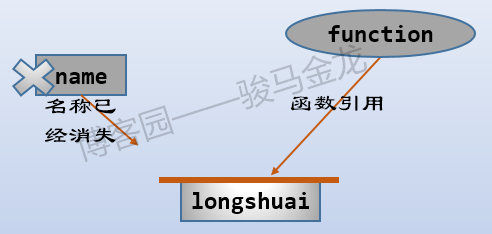





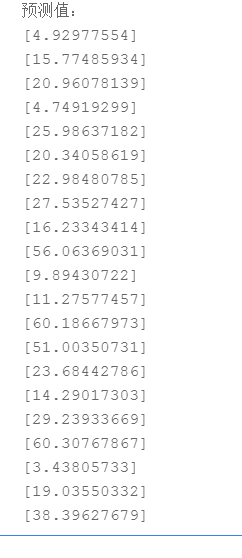
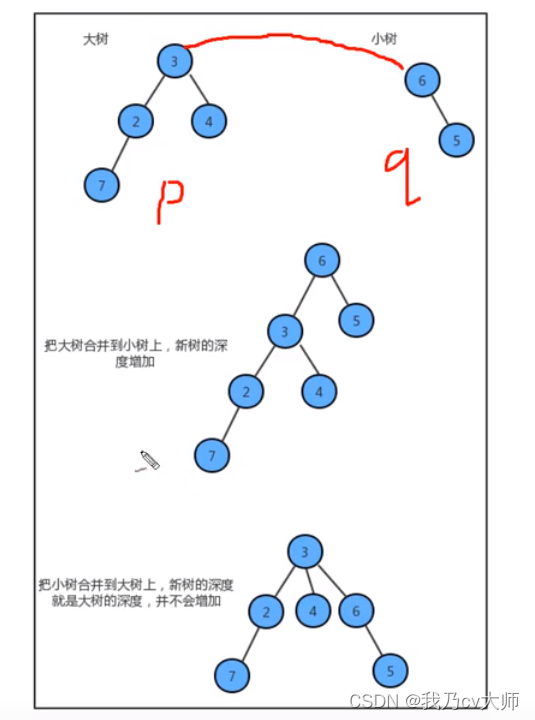



![[附源码]Python计算机毕业设计Django防疫物资捐赠](https://img-blog.csdnimg.cn/996a6c873fc445eaaa1d61d8ba609f34.png)
